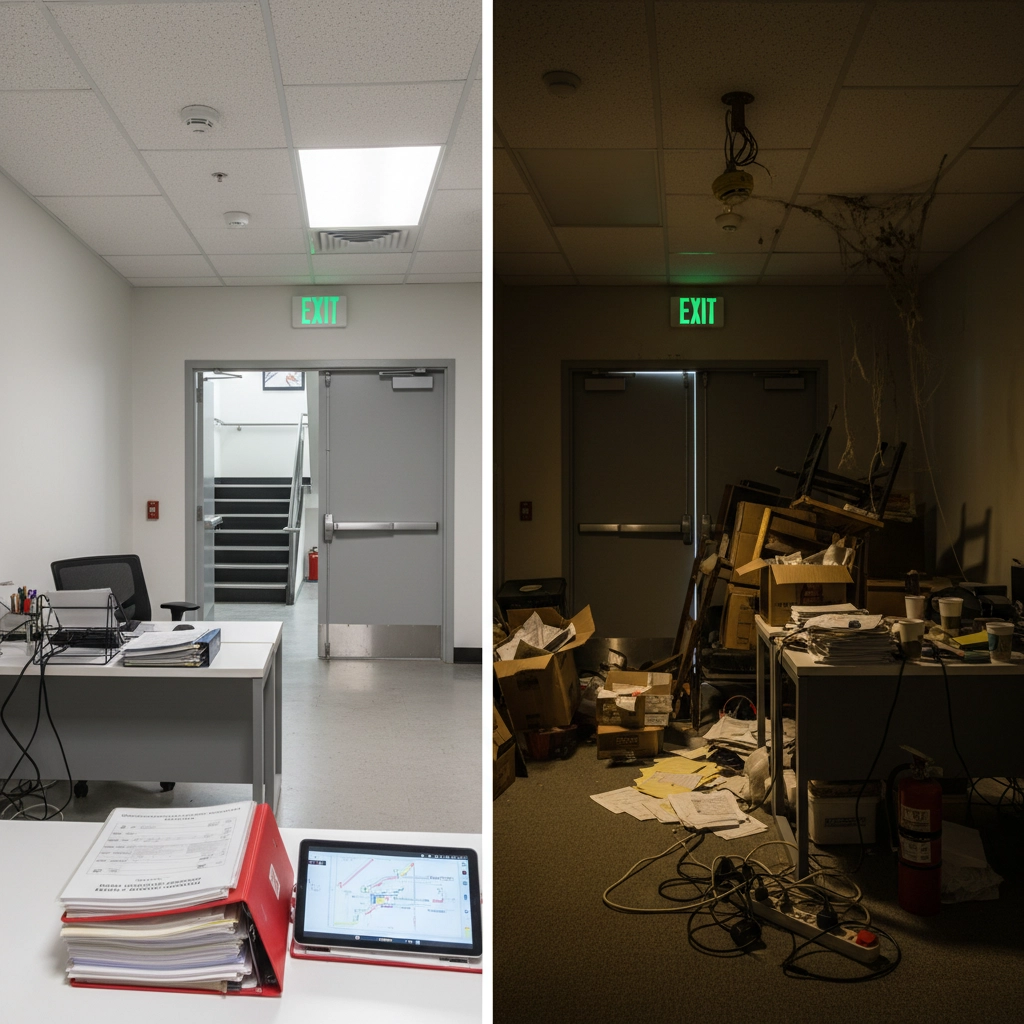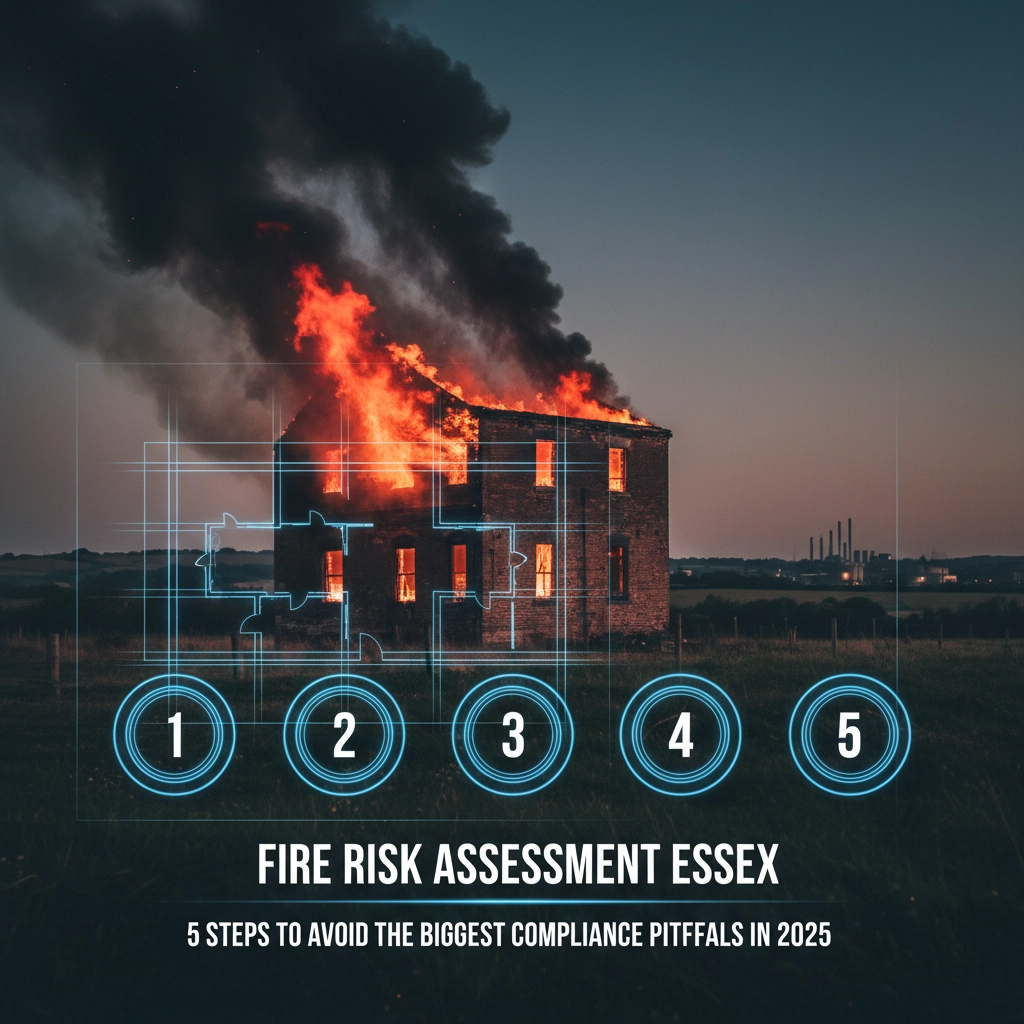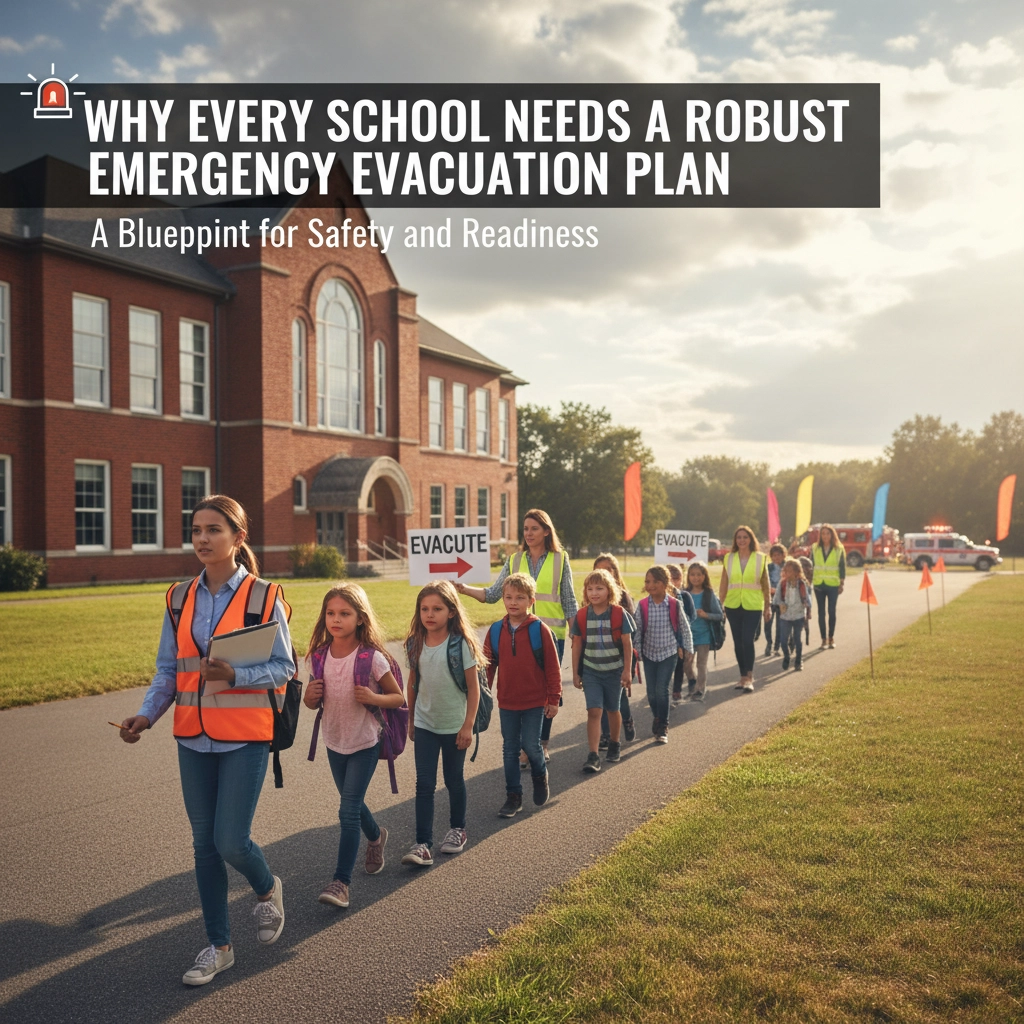If you own or manage a business premises in Essex, you're legally required to conduct a fire risk assessment under the Regulatory Reform (Fire Safety) Order 2005. It's not optional – it's the law. But here's what many business owners don't realise: getting it wrong in 2025 could cost you more than just a hefty fine.
With updated regulations, climate-related fire risks, and stricter enforcement, the compliance landscape has shifted dramatically. Essex Fire & Rescue Service is cracking down harder than ever, and the consequences of inadequate fire risk assessments are becoming increasingly severe.
The good news? If you follow the right process and avoid the common pitfalls, you can protect your business, your people, and your reputation. Let me walk you through exactly how to do it.
Understanding Your Legal Obligations
As the "responsible person" – typically the employer, building owner, or occupier – you must ensure your premises are compliant with fire safety regulations. This means conducting a comprehensive fire risk assessment and keeping it up to date.
But compliance isn't just about ticking boxes. In 2025, we're seeing a perfect storm of factors that make fire risk assessment more critical than ever: extreme weather events increasing fire risks, updated technical standards for detection systems, and stronger enforcement from local authorities.

The 5 Essential Steps for Your Fire Risk Assessment
Step 1: Identify Fire Hazards Throughout Your Premises
Your first job is to walk through every inch of your property and identify potential sources of ignition and fuel. This isn't just about the obvious stuff like electrical equipment and heating systems.
Look for:
- Sources of ignition: Electrical equipment, heating systems, naked flames, hot work activities, smoking areas, and cooking facilities
- Combustible materials: Packaging, paper, furniture, textiles, cleaning chemicals, and waste materials
- External hazards: Vegetation near buildings, outdoor storage areas, and neighbouring properties that could pose risks
Don't forget about seasonal variations. That decorative landscaping might look great in summer, but come autumn, those dried leaves and dead vegetation become serious fire hazards, especially with the increasingly unpredictable weather patterns we're seeing in Essex.
Step 2: Identify People at Risk
Next, you need to consider who could be affected by a fire. This goes beyond just your employees – you need to think about everyone who might be on your premises.
Consider:
- Regular occupants: Staff, residents, regular visitors
- Vulnerable individuals: People with mobility issues, hearing or visual impairments, children, elderly residents
- Temporary occupants: Contractors, delivery drivers, occasional visitors
- People in adjacent buildings who might be affected by smoke or fire spread
For each group, think about their ability to detect fire, raise the alarm, and evacuate safely. Your fire safety measures need to work for everyone, not just the able-bodied adults.
Step 3: Evaluate Risks and Implement Controls
Now comes the critical part – determining whether your current fire safety measures are adequate or if you need additional controls.
Assess your current provisions:
- Detection systems: Are your fire alarms up to current BS 5839 standards?
- Escape routes: Are they clearly marked, unobstructed, and suitable for all occupants?
- Fire doors: Are they properly maintained and self-closing?
- Emergency lighting: Does it provide adequate illumination along escape routes?
- Fire extinguishers: Are they appropriate for the types of fire risks present?
This is where many assessments fall short. You can't just rely on what was installed years ago – fire safety technology and standards evolve constantly.

Step 4: Record Your Findings and Create Action Plans
If you employ five or more people, you must record your fire risk assessment in writing. But even if you're not legally required to, documenting your assessment is crucial for demonstrating compliance.
Your records should include:
- Details of significant fire hazards identified
- People at risk and their specific vulnerabilities
- Existing fire safety measures and their adequacy
- Actions needed to reduce or eliminate risks
- Emergency procedures and evacuation plans
- Training requirements for staff
- Review dates and responsible persons
Don't just file this away and forget about it. Your fire risk assessment should be a living document that informs your day-to-day fire safety management.
Step 5: Review and Update Regularly
Fire risk assessment isn't a one-and-done task. You need to review your assessment regularly and update it whenever circumstances change.
Trigger events for review include:
- Changes to the building layout or use
- Installation of new equipment or processes
- After any fire incidents or near misses
- Following enforcement action or audit findings
- At least annually, or as determined by your risk level
In Essex's changing climate, you should also review your assessment seasonally, particularly before high-risk periods like summer drought conditions or winter storms.
The Biggest Compliance Pitfalls to Avoid in 2025
Pitfall 1: Ignoring Climate-Related Fire Risks
This is the big one that's catching many Essex businesses off guard. Traditional fire risk assessments focused primarily on internal hazards, but climate change is bringing new external threats.
You need to consider:
- Increased wildfire risks during hot, dry periods
- External vegetation management around your buildings
- Weather-related damage to fire safety systems
- Changing occupancy patterns during extreme weather events
Create defensible space around your buildings by managing vegetation within at least 5 metres of structures. Clear gutters, maintain drainage systems, and secure outdoor storage areas.
Pitfall 2: Using Incompetent Fire Risk Assessors
Not all fire risk assessors are created equal. Using an unqualified assessor is like building your fire safety on sand – it might look solid, but it won't stand up to scrutiny.
Always verify:
- Relevant qualifications and certifications
- Specific experience with your type of premises
- Professional indemnity insurance
- Membership in recognised professional bodies
- Recent training on current standards and regulations
A competent assessor will ask detailed questions about your business operations and spend time understanding your specific risks. If they're rushing through or using a one-size-fits-all approach, that's a red flag.
Pitfall 3: Inadequate Documentation and Record-Keeping
Poor record-keeping is a compliance killer. Essex Fire & Rescue Service expects to see comprehensive, up-to-date records that demonstrate ongoing fire safety management.
Common documentation failures include:
- Generic, template-based assessments that don't reflect actual site conditions
- Missing maintenance records for fire safety systems
- No evidence of staff training or emergency drills
- Outdated floor plans and evacuation procedures
- Incomplete action plan tracking

Pitfall 4: Neglecting Escape Route Vulnerabilities
Your escape routes are only as good as their weakest point. Many businesses focus on internal escape routes while ignoring external vulnerabilities.
Key considerations:
- Escape routes that pass close to combustible external walls
- External staircases exposed to weather or neighbouring fire risks
- Assembly points that could be affected by smoke or fire spread
- Accessibility issues for people with mobility impairments
- Seasonal hazards like ice, flooding, or extreme heat
Pitfall 5: Failing to Integrate with Business Operations
Fire safety can't exist in a vacuum. The most effective fire risk management integrates seamlessly with your day-to-day business operations.
This means:
- Including fire safety considerations in procurement decisions
- Training all staff, not just designated fire wardens
- Regular communication with tenants, contractors, and visitors
- Incorporating fire safety into business continuity planning
- Making fire safety a standing agenda item in management meetings
Taking Action: Your Next Steps
Don't let fire safety compliance become another item on your ever-growing to-do list. Take action now to protect your business and the people who depend on it.
Start by reviewing your current fire risk assessment against the criteria we've discussed. If it was conducted more than a year ago, doesn't address external climate risks, or lacks detailed action plans, it's time for an update.
Remember, fire risk assessment and fire safety advice is an investment in your business's future. The cost of a comprehensive assessment pales in comparison to the potential losses from fire damage, business interruption, or regulatory penalties.
The fire safety landscape in Essex is evolving rapidly, and businesses that fail to adapt risk being left behind. But with proper planning, expert guidance, and a proactive approach to compliance, you can turn fire safety from a burden into a competitive advantage.
Your employees, customers, and stakeholders expect you to take their safety seriously. Don't let them down.





